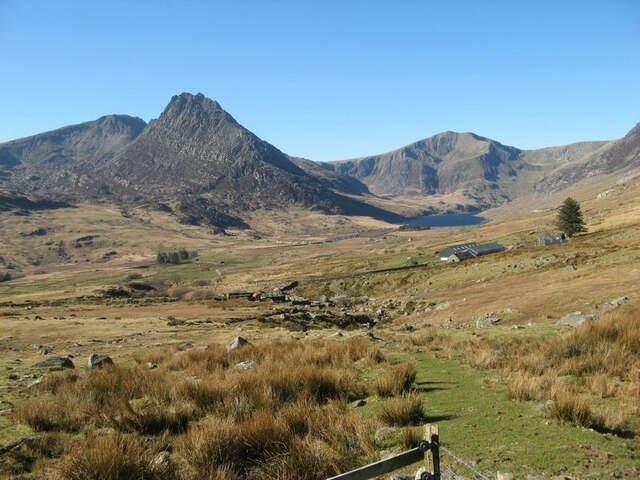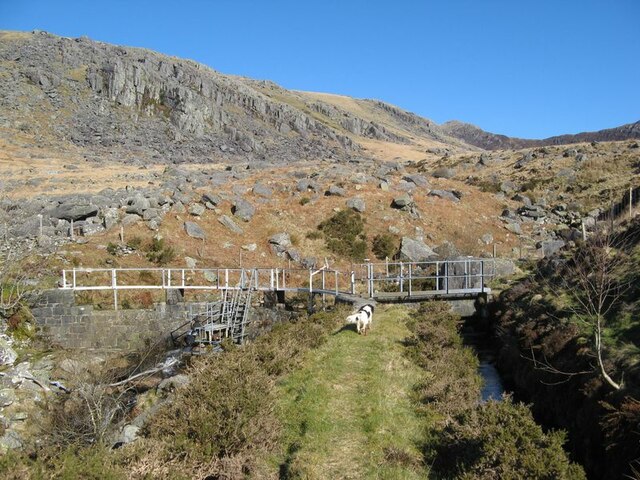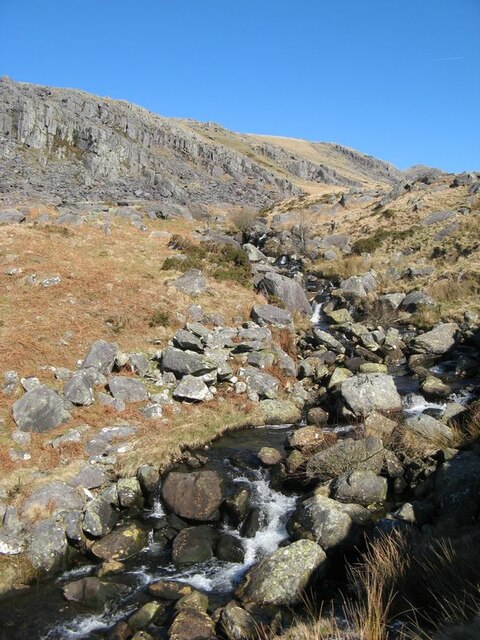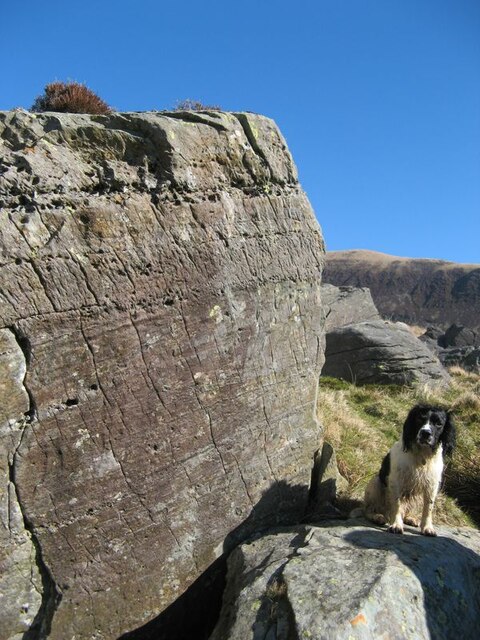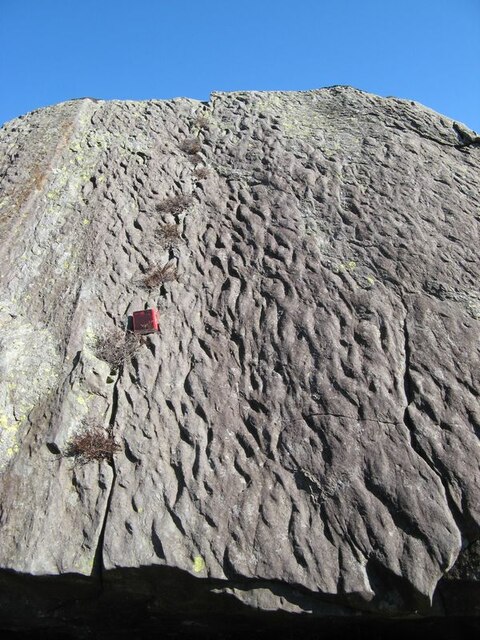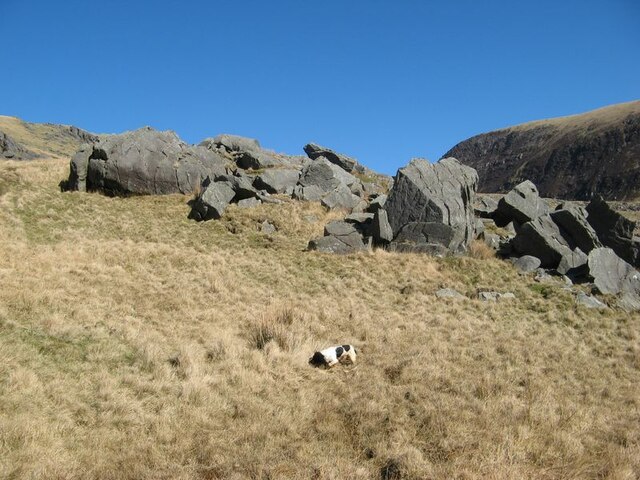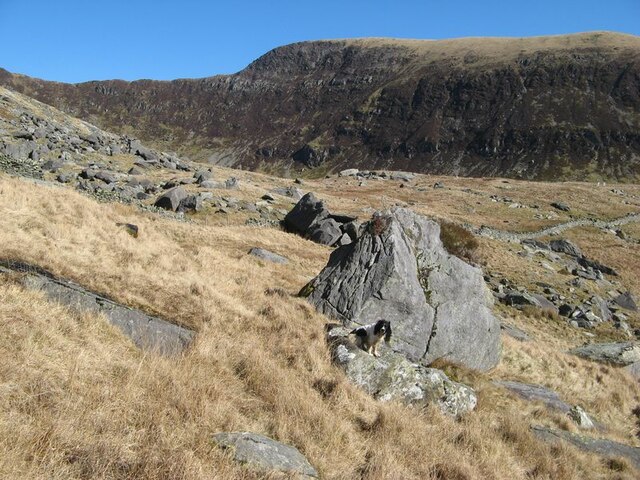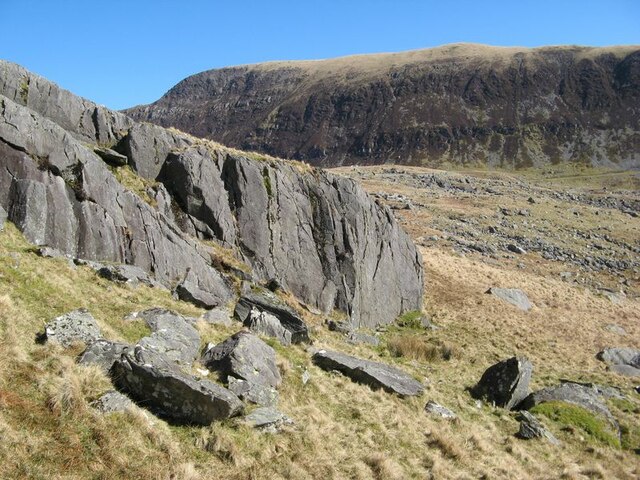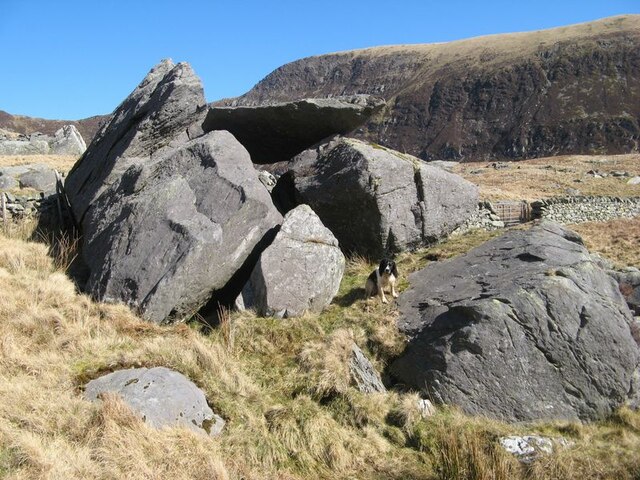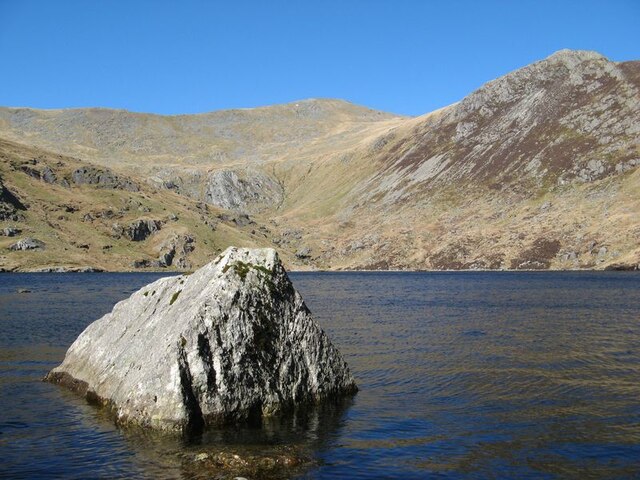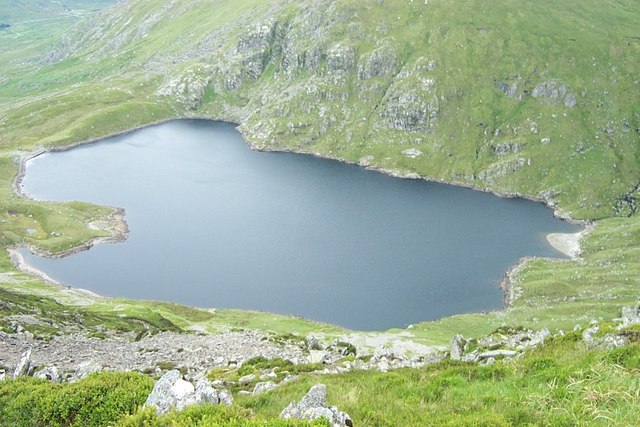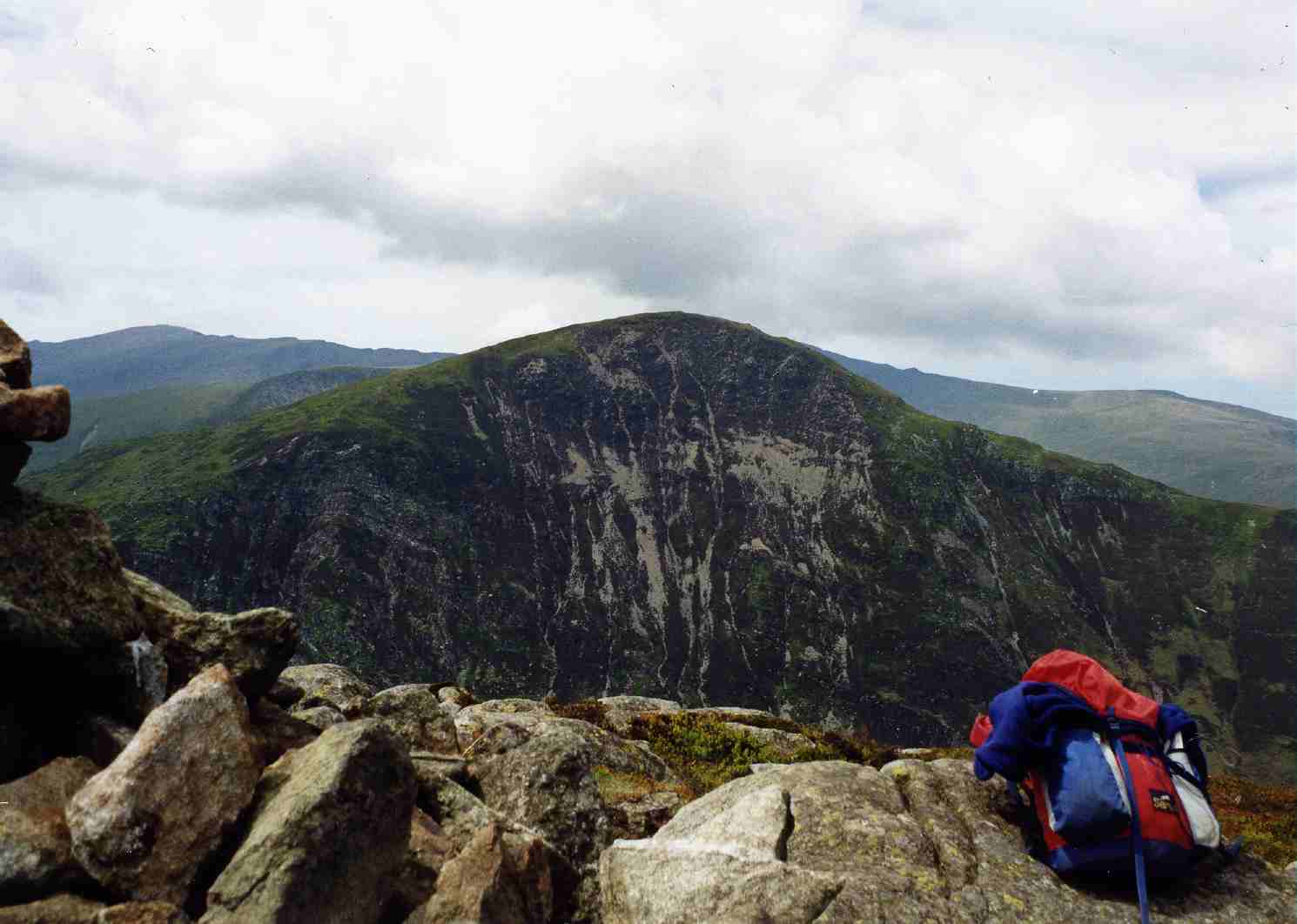Ffynnon Llugwy
Lake, Pool, Pond, Freshwater Marsh in Caernarfonshire
Wales
Ffynnon Llugwy
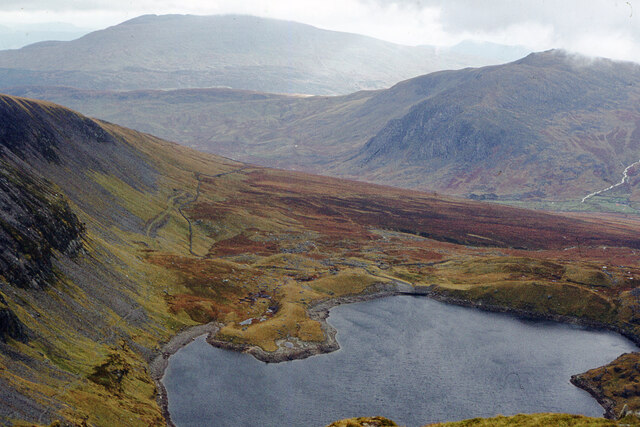
Ffynnon Llugwy is a small freshwater lake located in Caernarfonshire, Wales. Situated in the picturesque Snowdonia National Park, the lake is surrounded by stunning mountainous landscapes, making it a popular destination for nature enthusiasts and hikers alike.
With a surface area of approximately 10 hectares, Ffynnon Llugwy is relatively small compared to other lakes in the region. Its name translates to "Pool of the River Llugwy," derived from the nearby river that flows into it. The lake is fed by rainwater and the river, ensuring a constant supply of freshwater.
The water in Ffynnon Llugwy is crystal clear, providing a perfect habitat for various species of fish, including brown trout and salmon. Anglers often visit the lake to try their luck at catching these prized fish. The lake is also home to a variety of aquatic vegetation, including water lilies and reeds, which provide shelter and food for numerous bird species.
Surrounding the lake is a freshwater marsh, characterized by its lush vegetation and wetland habitat. This marshland is an essential ecosystem, supporting a wide range of plant and animal life. It provides nesting sites for waterfowl such as ducks and geese, as well as a breeding ground for amphibians and insects.
Ffynnon Llugwy is not only a haven for wildlife but also a place of natural beauty. Visitors can enjoy scenic walks along the lake's shoreline, taking in the panoramic views of the surrounding mountains. The tranquility and serenity of Ffynnon Llugwy make it a perfect spot for relaxation and contemplation amidst nature's wonders.
If you have any feedback on the listing, please let us know in the comments section below.
Ffynnon Llugwy Images
Images are sourced within 2km of 53.145584/-3.9563533 or Grid Reference SH6962. Thanks to Geograph Open Source API. All images are credited.
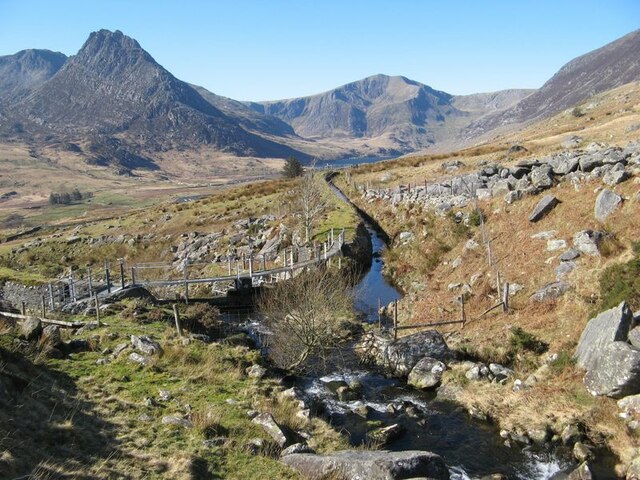
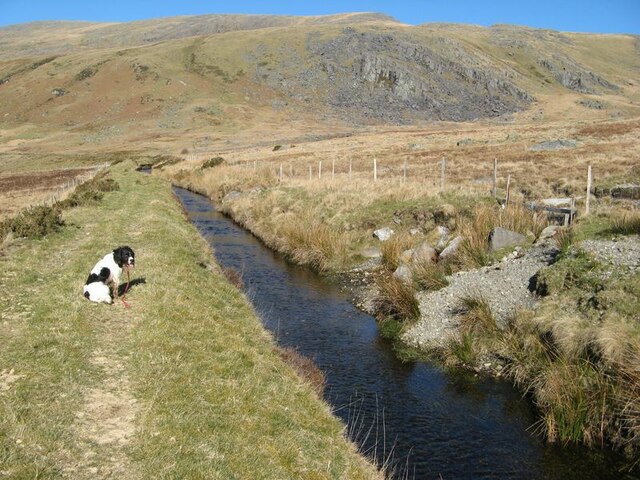
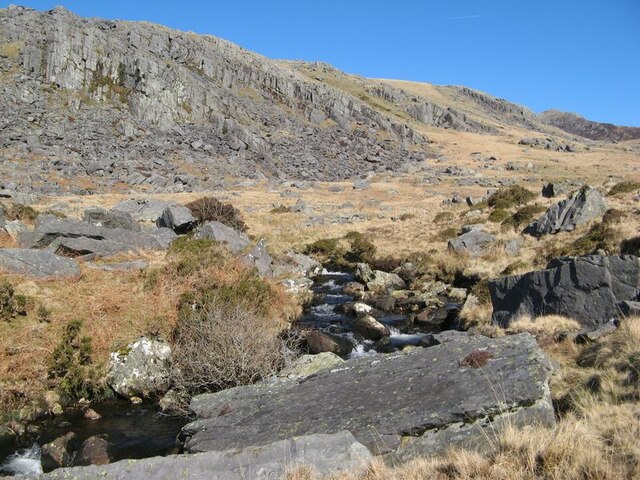
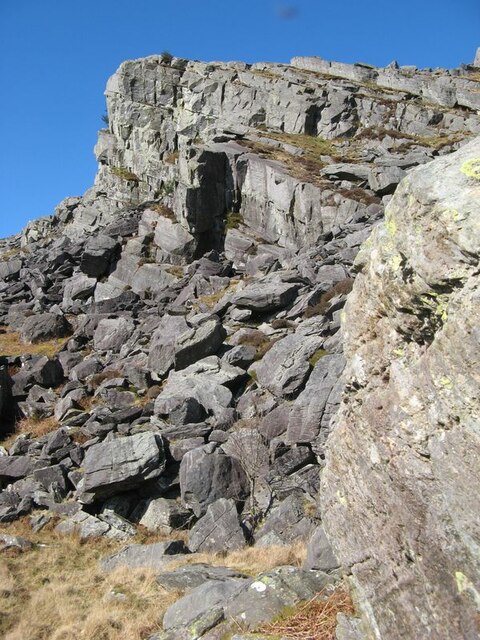
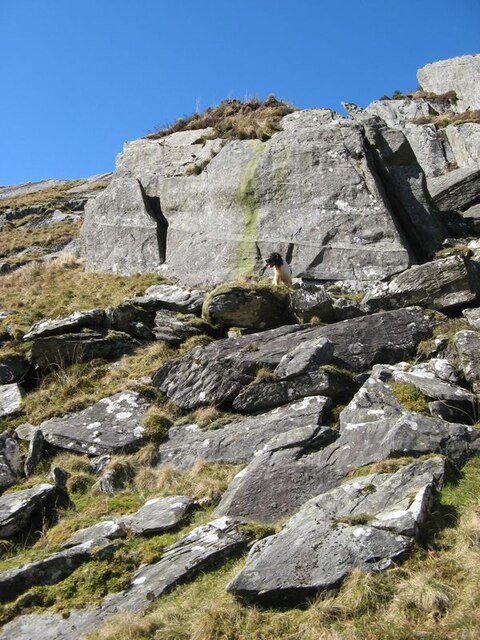
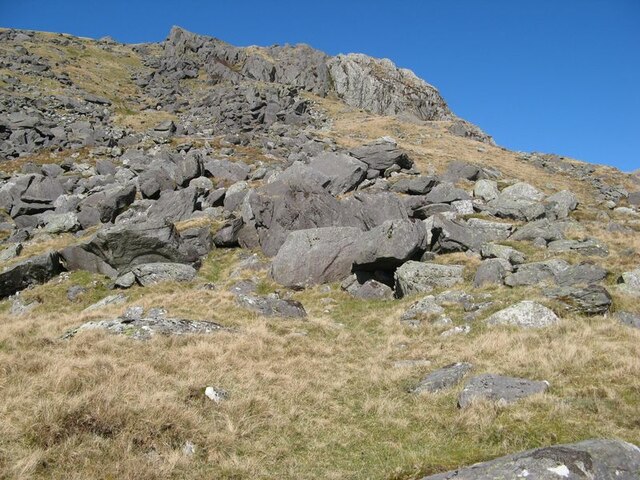
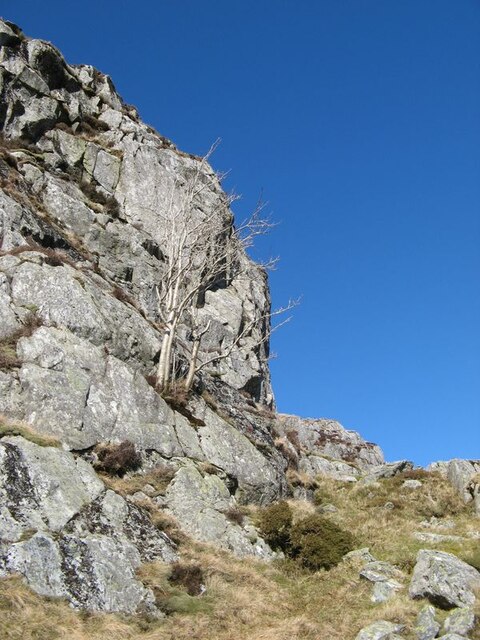
Ffynnon Llugwy is located at Grid Ref: SH6962 (Lat: 53.145584, Lng: -3.9563533)
Unitary Authority: Conwy
Police Authority: North Wales
What 3 Words
///captions.mornings.markets. Near Bethesda, Gwynedd
Nearby Locations
Related Wikis
Ffynnon Llugwy
Ffynnon Llugwy (English: Llugwy spring) is a lake in the Carneddau range of mountains in Snowdonia, North Wales. It lies at a height of about 1,786 feet...
Pen yr Helgi Du
Pen yr Helgi Du (Head or Hill of the Black Hound) is a mountain peak in the eastern part of the Carneddau in Snowdonia, North Wales. It lies on the south...
Carnedd Llewelyn
Carnedd Llewelyn, also spelled Carnedd Llywelyn, is a mountain massif in the Carneddau range in Snowdonia, north-west Wales. It is the highest point of...
Llyn Llyffant
Llyn Llyffant is the highest lake in Wales, located at grid reference SH 687 645. Its name translates into English as "frog lake". It lies at an elevation...
Pen Llithrig y Wrach
Pen Llithrig y Wrach is a mountain peak in Snowdonia, North Wales. It is one of the four Marilyns that make up the Carneddau range. To the east is Creigiau...
Welsh 1000 m Peaks Race
The Welsh 1000m Peaks Race takes place on the first Saturday in June each year. The 32 km route is also known as the Snowdonia Summits Marathon as competitors...
Llyn Cowlyd
Llyn Cowlyd is the deepest lake in northern Wales. It lies in the Snowdonia National Park at the upper end of Cwm Cowlyd on the south-eastern edge of...
Foel Meirch
Foel Meirch is a top of Carnedd Dafydd in the Carneddau range in Snowdonia, North Wales. It offers commanding views of Carnedd Llewelyn and Yr Elen, and...
Have you been to Ffynnon Llugwy?
Leave your review of Ffynnon Llugwy below (or comments, questions and feedback).
